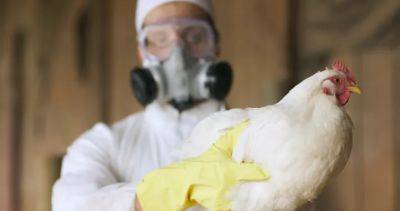India's cotton production is plummeting. Here's what that means for your wardrobe
Subscribe to enjoy similar stories. Gagandeep Singh feels he is on the edge, with no solutions in sight. A farmer from Sirsa, Haryana, Singh had planted cotton on 20 acres this summer.
Because a portion of the planted seeds failed to germinate due to high temperatures, the yields turned out to be dismal—about a third of the normal. “I spent close to ₹3 lakh just on pesticides to save the remaining cotton. But due to lower yields my losses are at least ₹7 lakh," Singh said.
Over the past few years, Singh has nearly halved the cotton planting area due to repeated pest attacks, adverse weather, and a steady decline in yields. Singh’s woes epitomize something that is happening on a larger scale. India’s overall cotton production is estimated to fall to 29.9 million bales in 2024-25, the lowest in six years, due to lower plantings and stagnant yields.
The latest production numbers are significantly lower than the record 39 million bales harvested by farmers a decade back, in 2013-14. One bale equals 170 kg. With soaring losses from cotton, farmers in Singh’s neighbourhood have been replacing the fibre crop with rice, which needs at least five to six times more water to grow.
This shift has led to higher groundwater extraction and worsening soil quality. “After a few years, no crop may grow here. But farmers have no choice.
They need an alternative due to repeated cotton crop failures," Singh explained. The steady decline in cotton production has hurt farm incomes, but it has been able to meet the domestic requirement of 30-31 million bales until now. However, the fall in output now threatens India’s textile exports.
Read more on livemint.com






















